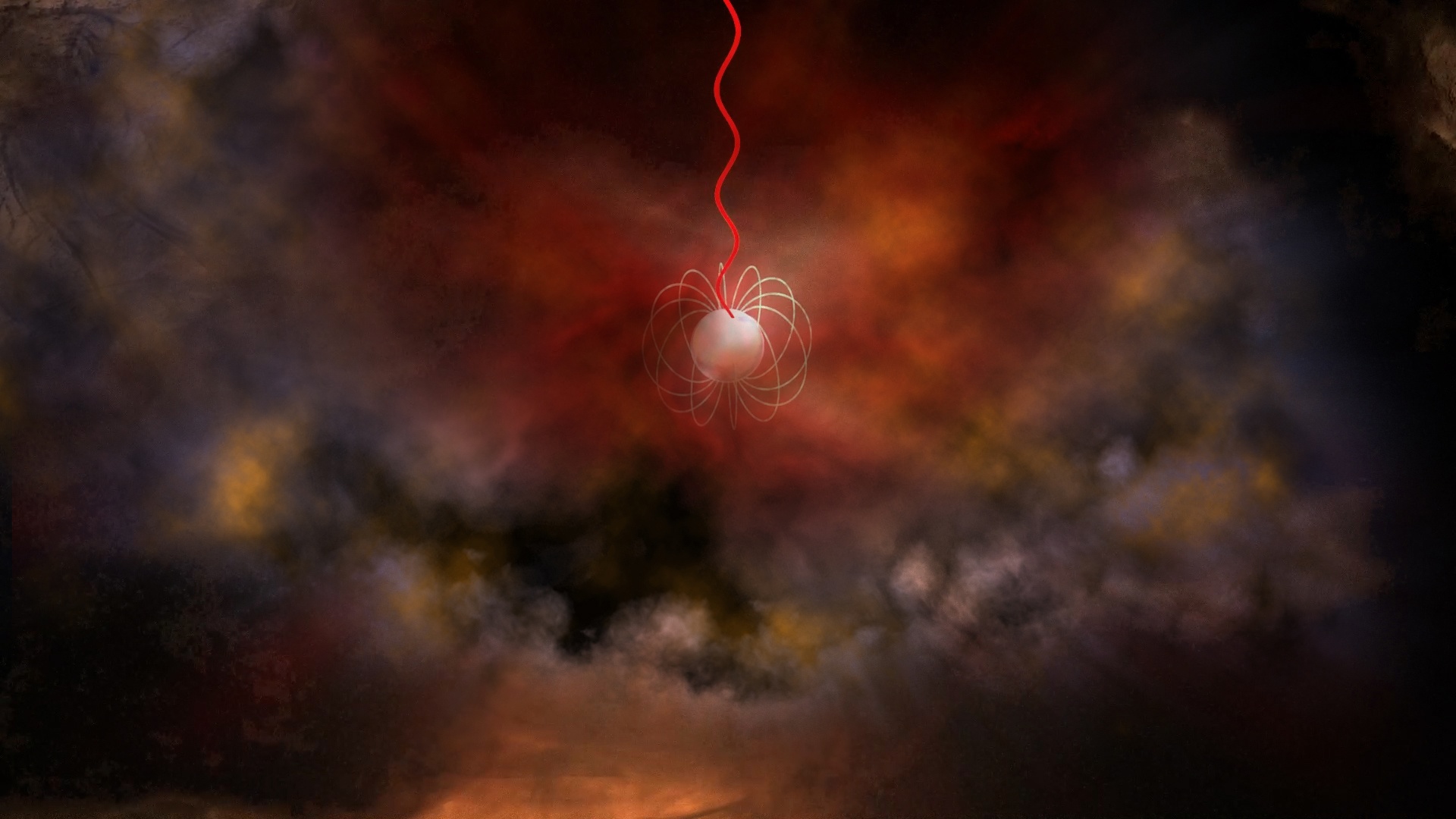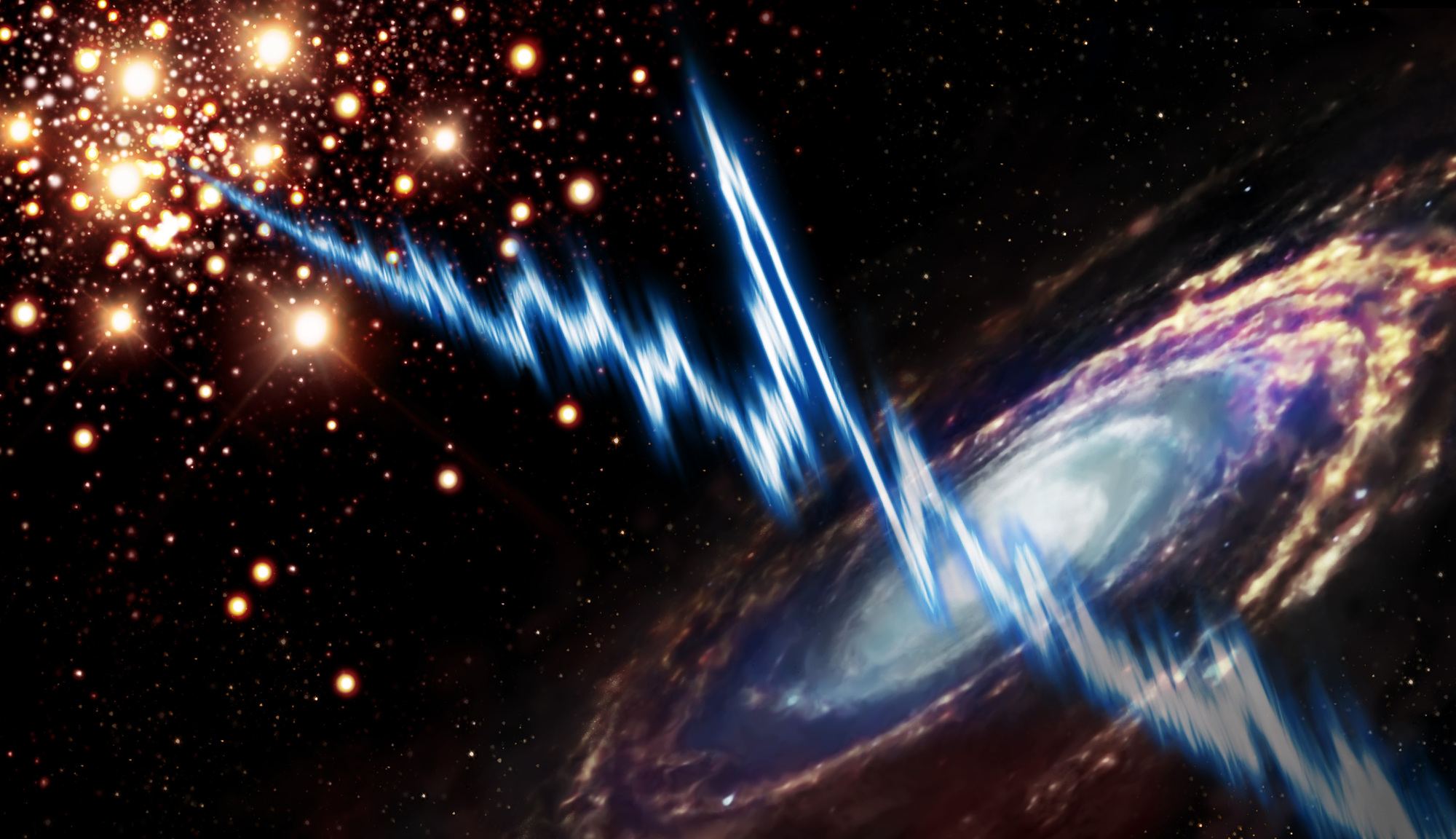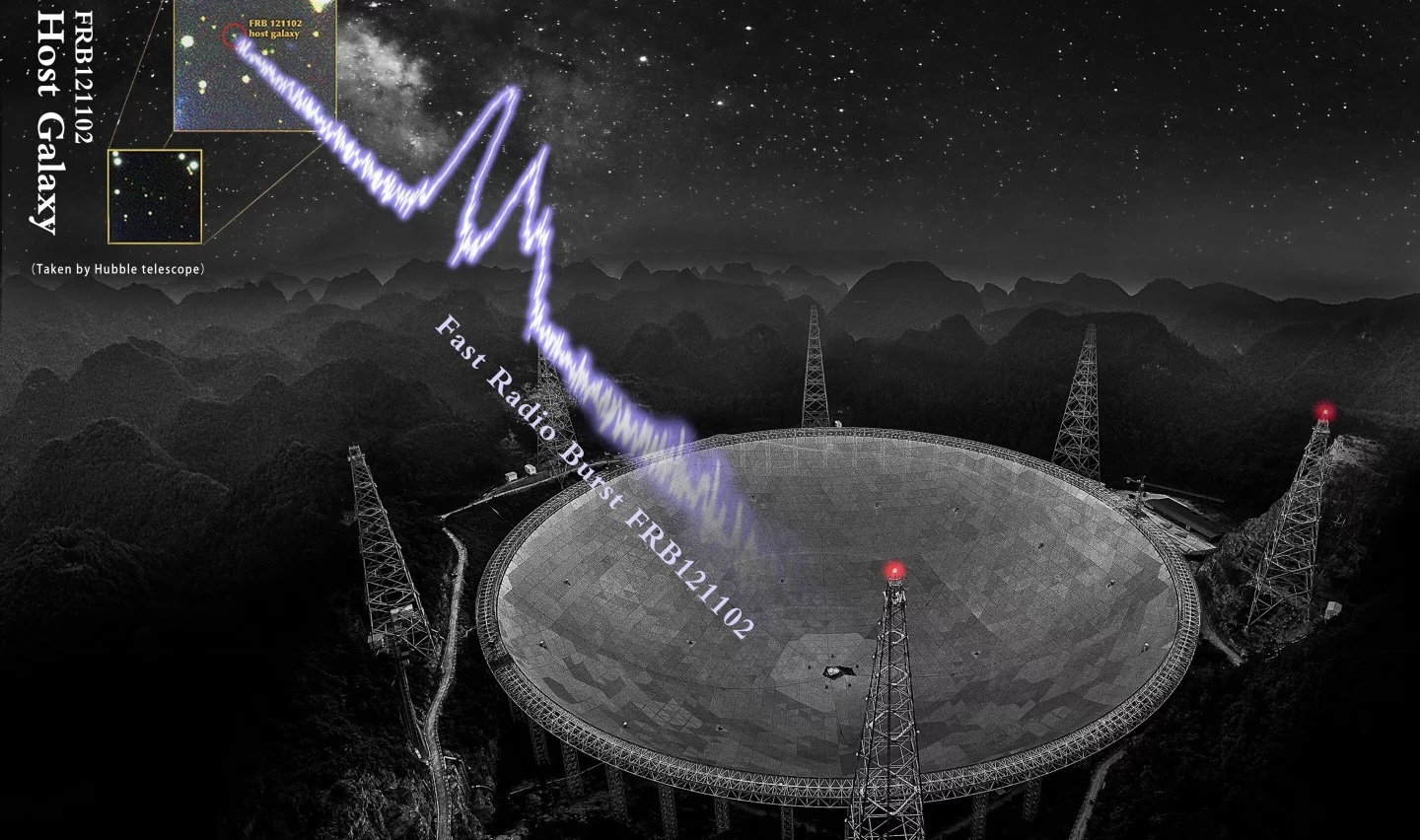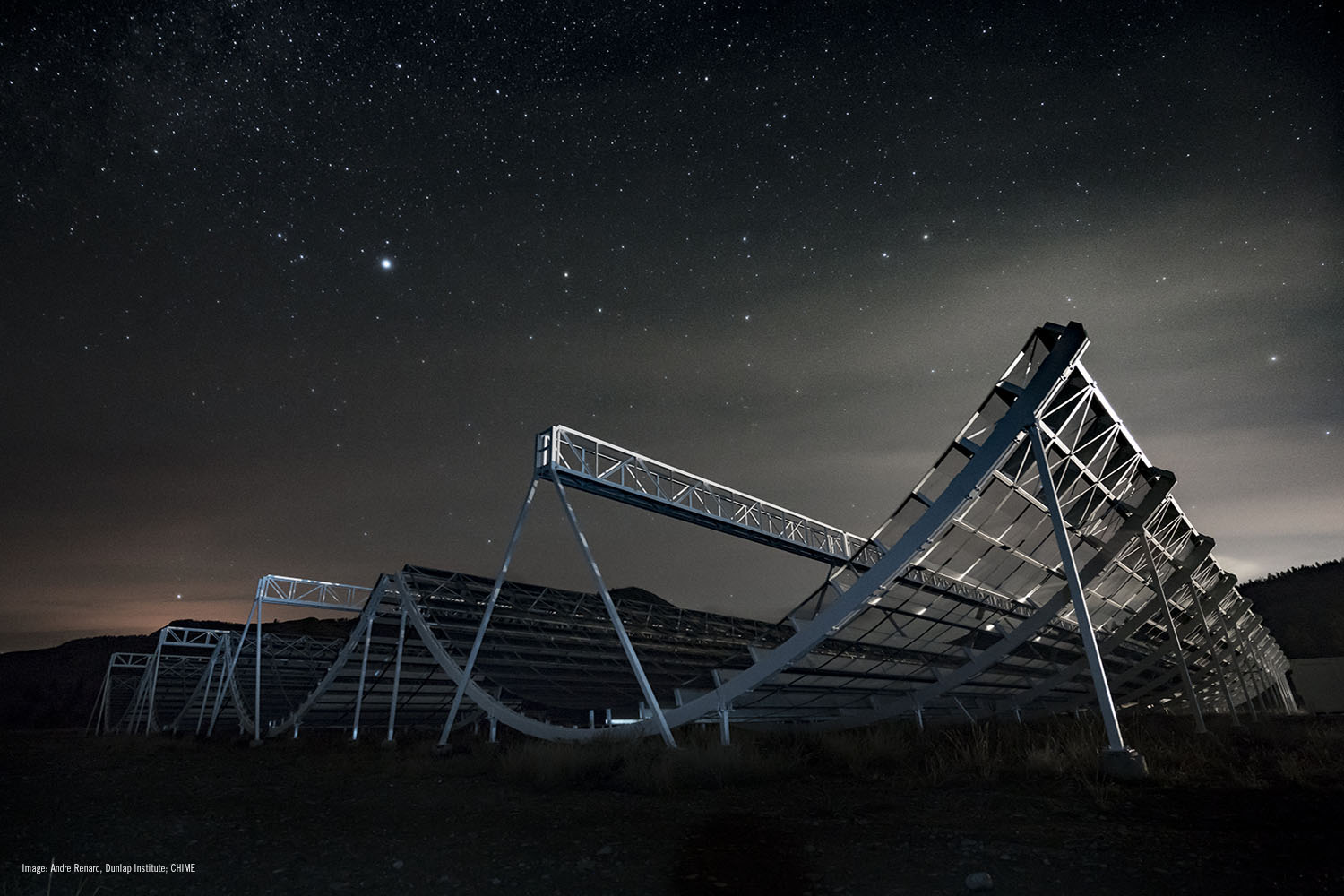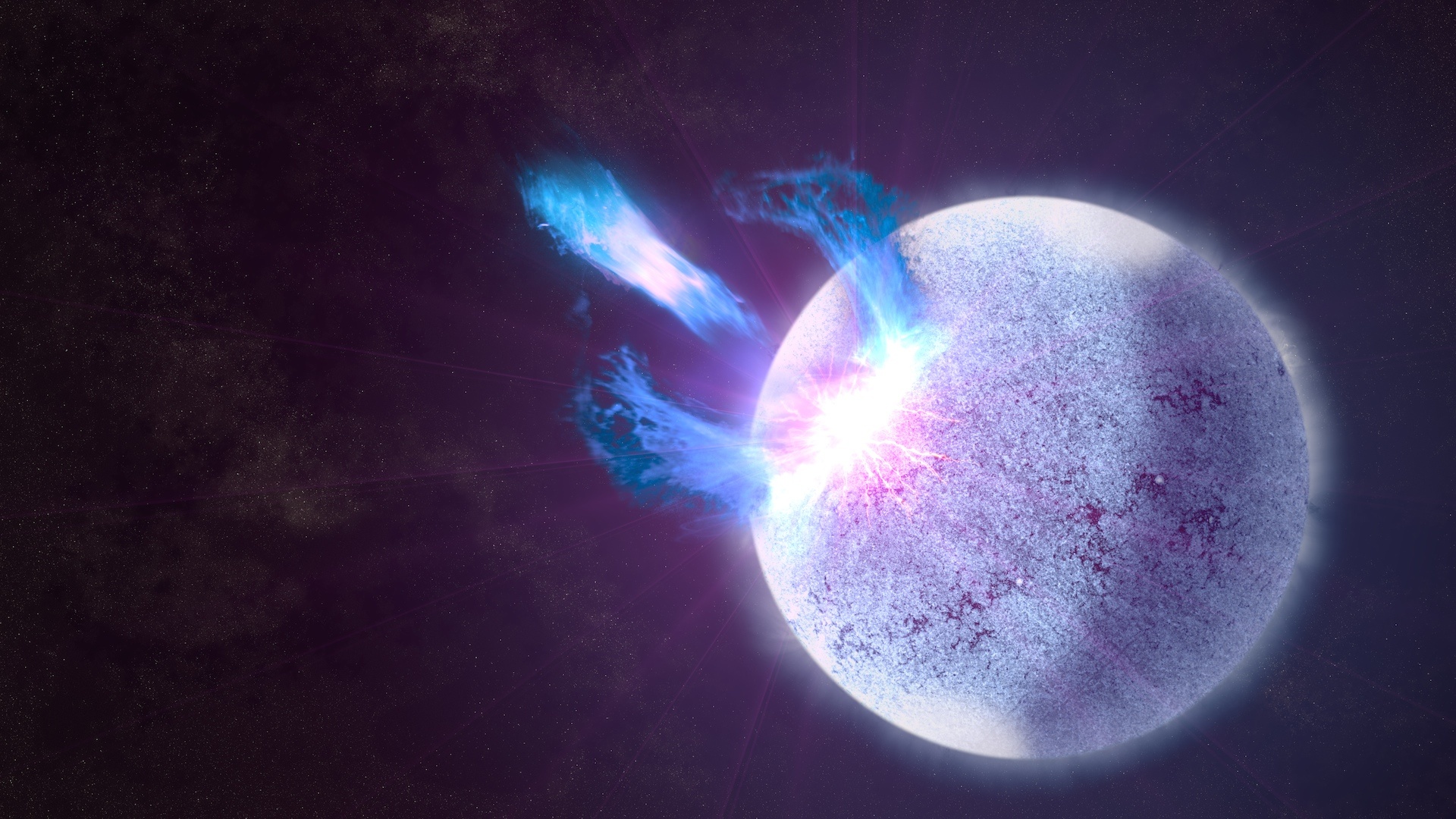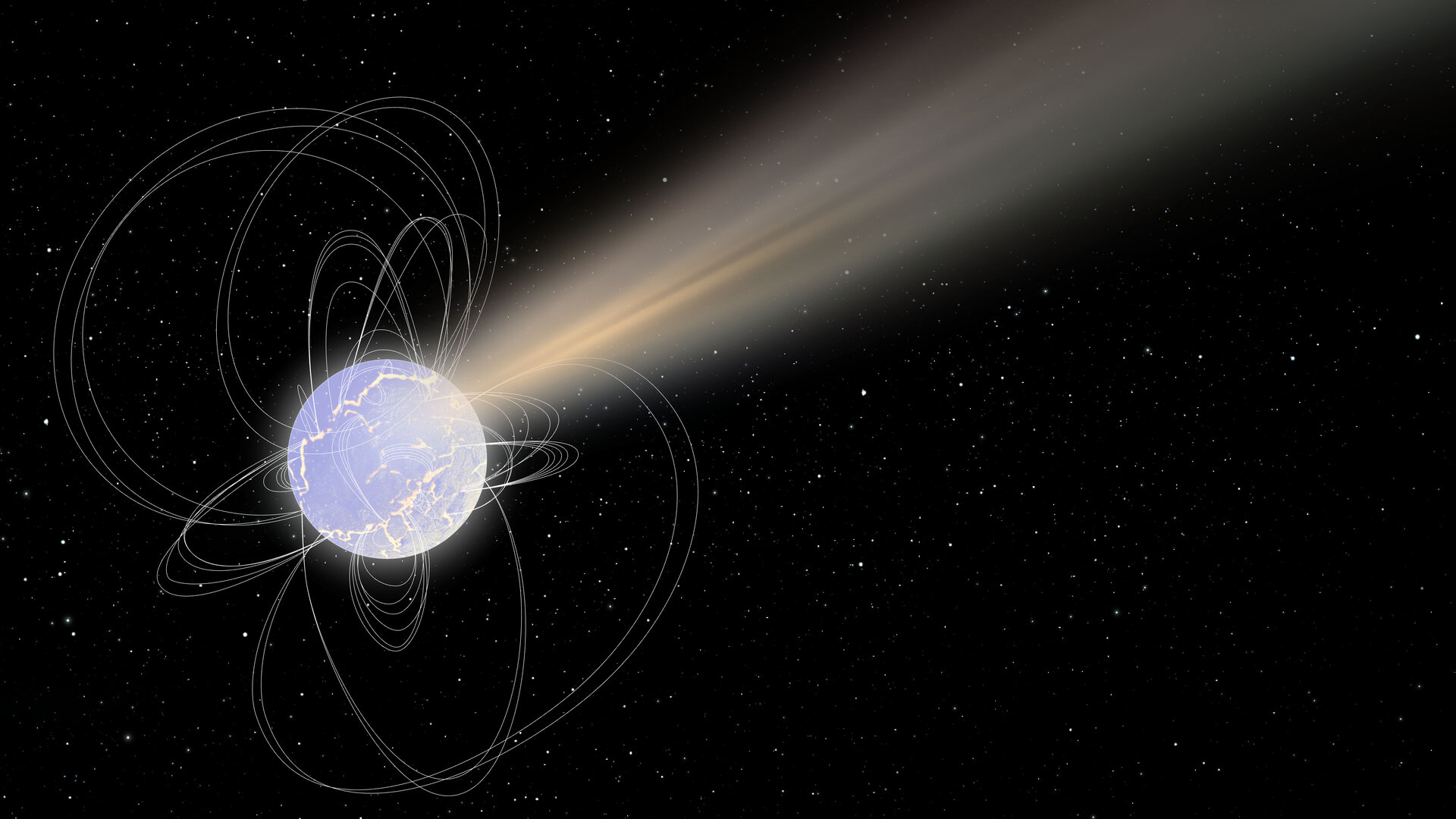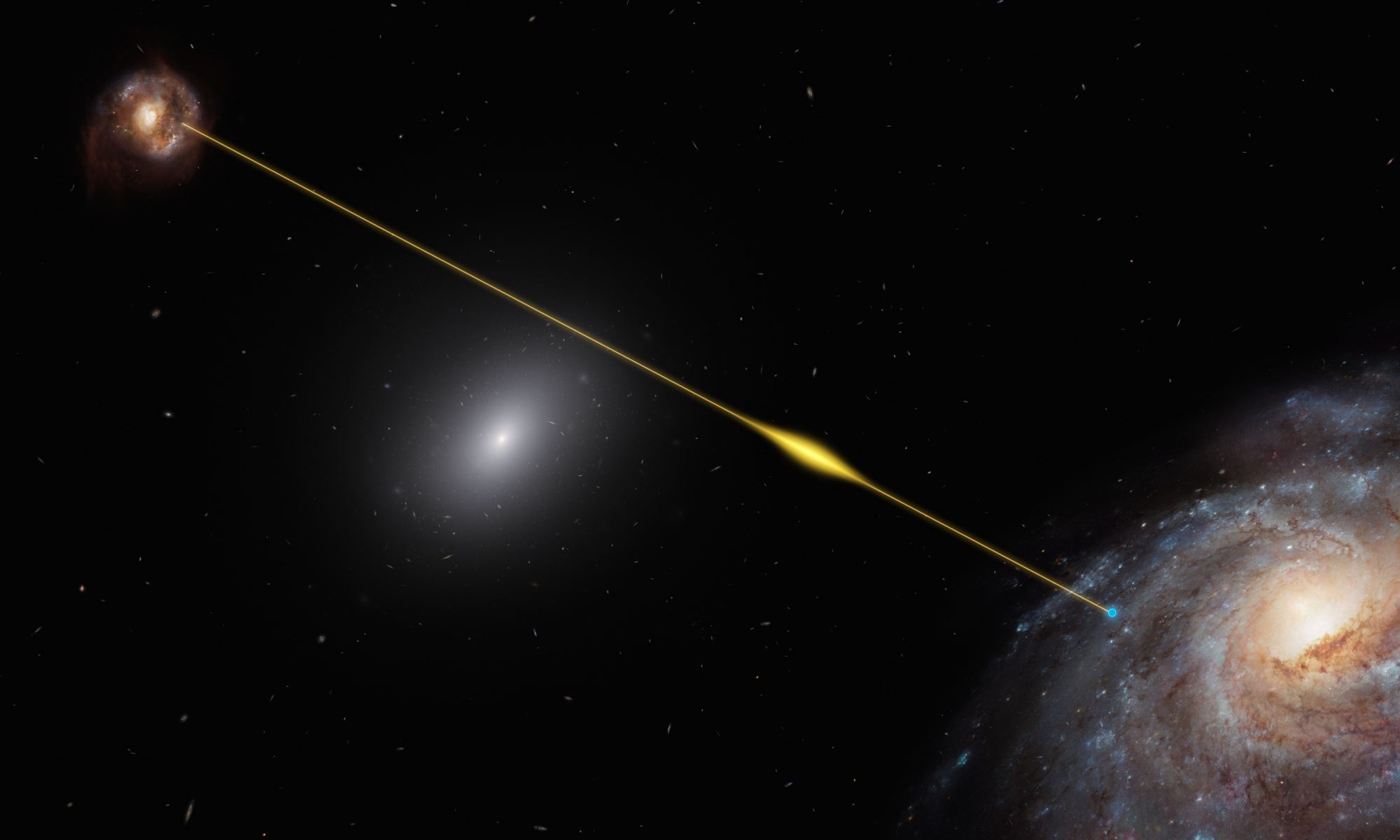Fast Radio Bursts (FRBs) are among the most mysterious astronomical phenomena facing astronomers today. While hundreds of bursts have been detected since the first-ever recorded detection of an FRB in 2007 – the Lorimer Burst – astronomers are still unsure what causes them. Even more mysterious, some have occasionally been found to be repeating in nature, which has fueled speculation that they may not be natural in origin (i.e., possible alien transmissions?). Astronomers are naturally very excited whenever a repeating FRB is found, as it gives them the chance to examine them closer.
In a recent survey, an international team of scientists used three major telescopes worldwide to study a repeating FRB (known as FRB 190520) that was first observed in 2019. According to their observations, this particular FRB is not just a repeating source from a compact object but a persistent one that emits low-level bursts of radio waves between larger ones. These findings raise new questions about the nature of these mysterious objects and how they can be used as tools to probe the space between stars and galaxies.
Continue reading “A Rare Repeating Fast Radio Burst Gives Astronomers a Chance to Study These Mysterious Objects”
